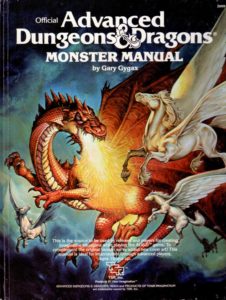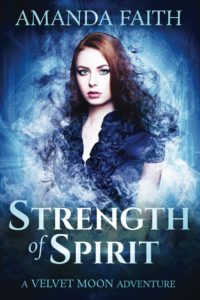The truth about dark fiction is very simple. It’s all about us.
I’ve always thought of myself, as a science fiction writer, clearly on the side of optimism versus doom and dystopia. As a kid, I was certainly a fan of Star Wars and Battlestar Galactica and their themes of human conflict, but I remember watching Star Trek with a different set of eyes. I only really appreciated Star Wars after traveling halfway around the world during high school. Star Trek pulled me in because it portrayed our current terribly flawed and imperfect society at its absolute theoretical pinnacle in the very near future. Even with the latest movies, in the alternate “Kelvin” timeline, that future world is a darker place than before, but that relentless optimism is there. If you look across the plethora of recent popular books and movies, there is a very strong lean towards darkness and dystopia. Why is that?
It’s very simple. We see the worst of the world every night when we turn on the news. Even the newscasts that end with that thirty-second “water skiing squirrel-type” video are full of dark, depressing themes. It’s no wonder that it calls to us as writers. Apocalyptic and post-apocalyptic dystopias are easy to imagine because all we have to do is turn the creative knobs to eleven or twelve and our worst fears are easy to explore. The truth of dark fiction is very simple. It’s a reflection of our society, and in some cases, how we view our future selves in the worst way possible. And as writers, it’s pretty damned easy to wrap it around us like a blanket.
Let’s be clear, I’m not disrespecting dystopian, apocalyptic, or post-apocalyptic fiction. Nor am I saying it’s easy to write and build these worlds. I’m discussing something that writers sometimes fail to notice – our own attitudes seep into our writings. When we’re convinced the world is a terrible place, it’s a little easier to write dark fiction. When we’re happy, writing happy subjects is a little easier as well. Our own personal attitudes and emotions often come with us to the keyboard and until we understand it, there’s nothing we can do to mitigate their effects.
How do I mitigate those effects? Music. There are quite a few folks I know who couldn’t imagine listening to music while writing, but it really helps me leave things behind when I sit down to the keyboard. What music? Whatever fits the mood. For my novels, I usually create a playlist while I’m developing the early outline. Sometimes a song really captures the emotional vibe of a scene. Sometimes, I need a song (or three!) to get me into the mood to even look at the book again. Watching the blinking cursor of doom for a little while without music is almost certainly going to send me on a miserable writing time adventure. On those nights (when I do most of my writing), having that go-to playlist helps me put the day behind me and focus on the next 2,000 words I want to write. That focus, and understanding that the way negativity can crawl inside our heads, is critical.
But what about when I want to look into the darkness? Well, because of my own experiences, it’s even easier for me to capture that emotion than listening to music. I’ve blogged on Fictorians before about a life-threatening illness I faced in 2014. As I recovered, my own attitudes were dark and depressed and I wanted desperately to get back to polishing the draft of SLEEPER PROTOCOL, but I couldn’t. Writing just wasn’t a positive experience. Ironically, the two stories I wrote during my recovery were much darker pieces than I’d ever written before. When I need to get dark, remembering that experience and bringing that attitude to my writing is fairly easy. Experience, especially those that are dark and uncomfortable, helps us tap into dark fiction. I’d wager that our happy dreams and goals are equally powerful, but darkness tends to have a greater connection to us because we’ve lived through it or we are living through it at a given time.
But, we have to come up for air. Not everything is wine and roses in the real world, but we can’t let our miserable world drag us down on a daily basis. We have a choice to respond to every emotion, stimulus, and action we face daily. There are times it’s okay to delve into the darkness and craft the story that needs to be written. It’s human nature to explore the abyss, after all. Just don’t sit there staring for too long. The world needs you and your voice up here. Your characters need you. Dark fiction is all about us, but so is optimistic fiction. There’s no balance to it – it’s a continuum. We’re all out there somewhere. If you’re too far down the dark side and feel like you can’t slide back the other direction, please reach out. I’ll be happy to help.




